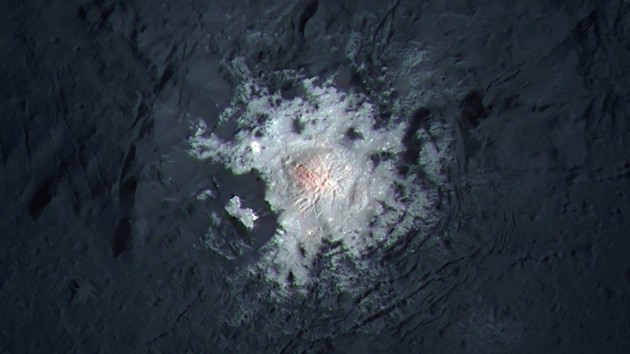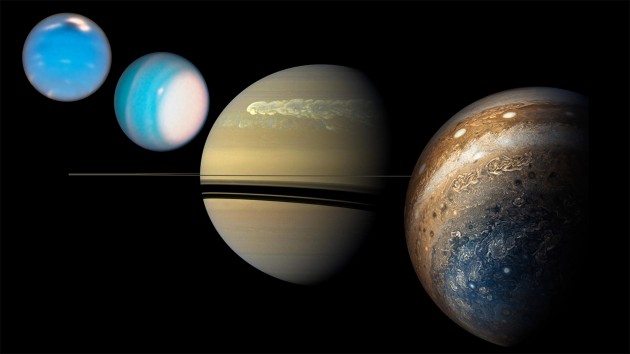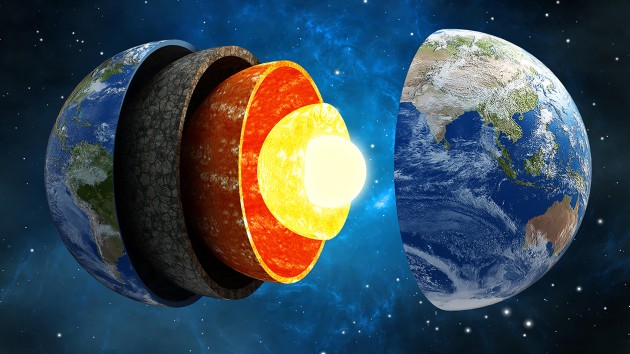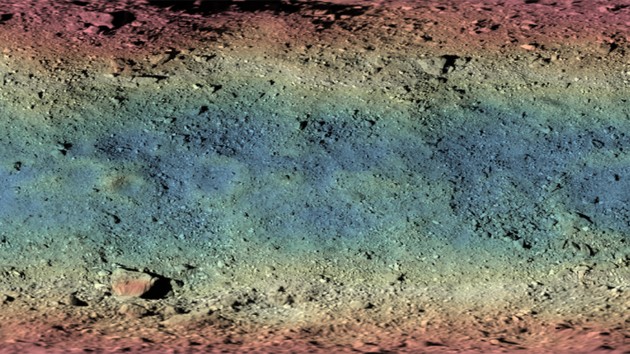Collection |
Collections
Filters
-
Collection Type
-
-
Collection |
 Land-use changes and impacts
Land-use changes and impacts
Land-cover change can have profound impacts on the Earth system. Unsustainable land use, driven by urban and agricultural expansion, not only causes important impacts on climate but also leads to ecosystem and environmental degradation.
Image: Cícero Castro / Alamy Stock Photo -
Collection |
Natural Hazards
When nature strikes with full force, there is often little that can be done against.
Image: Sebastian Mueller -
Collection |
 Harnessing the power of computational science
Harnessing the power of computational science
The use and development of sophisticated computing capabilities to analyse and solve real-world, challenging problems has undoubtedly revolutionized the way researchers do science.
-
Collection |
 Dawn XM2 at Occator crater
Dawn XM2 at Occator crater
Close to the end of its mission, the Dawn spacecraft performed high resolution observations of Occator crater at Ceres in order to study its bright points (faculae) at unprecedented detail. These observations establish Ceres as an ocean world.
Image: NASA/JPL-Caltech/UCLA/MPS/DLR/IDA/PSI/LPI -
Collection |
 Planetary Interiors
Planetary Interiors
Recent years have been an exciting time to unravel the mysteries of planetary interiors. A number of ongoing international space missions, ever evolving new technologies and numerical methods, and re-analysis of existing data are allowing us to gain new insights on the internal structures of planetary bodies.
Image: From closest to furthest (or right to left) respectively: Jupiter (Juno perijove 6, Credit:NASA/SwRI/MSSS/Gerald Eichstädt/Seán Doran); Saturn during the great storm of 2010–2011 (Cassini, Credit: NASA/JPL-Caltech/Space Science Institute); Uranus and Neptune (Hubble, Credits: NASA/ESA/A. Simon (NASA Goddard Space Flight Center), and M.H. Wong and A. Hsu (University of California, Berkeley)). -
Collection |
 InSight at Mars
InSight at Mars
NASA’s InSight lander arrived on Mars in late 2018. Primarily a geophysics mission, InSight aims to constrain the planet’s present-day geologic activity and its interior evolution.
Image: NASA/JPL-Caltech -
Collection |
 Arctic change and mid-latitude weather
Arctic change and mid-latitude weather
The Arctic is warming much faster than the rest of the planet, a phenomenon called Arctic amplification.
Image: imageBROKER / Alamy Stock Photo -
Collection |
 Deep Carbon
Deep Carbon
Deep carbon refers to the carbon found beneath the subsurface of the Earth, where ninety percent of the Earth’s carbon resides.
Image: Cigdem Simsek / Alamy Stock Photo -
Collection |
 Nobel Prize in Physics 2019
Nobel Prize in Physics 2019
We present this Collection of research, review and comment from Nature Research to celebrate the award of the 2019 Nobel Prize in Physics to James Peebles “for theoretical discoveries in physical cosmology” and to Michel Mayor and Didier Queloz “for the discovery of an exoplanet orbiting a solar-type star”. Together, these discoveries have changed the way we view the Universe, and our place within it.
Image: Springer Nature/The Nobel Foundation/Imagesource -
Collection |
 OSIRIS-REx mission to Bennu
OSIRIS-REx mission to Bennu
On 31 December 2018, NASA’s Origins, Spectral Interpretation, Resource Identification, and Security-Regolith Explorer (OSIRIS-REx) spacecraft began to orbit the asteroid (101955) Bennu, a near-Earth asteroid believed to harbour organic molecules and hydrated minerals.
Image: NASA/OSIRIS-REx/OCAMS -
Collection |
 Wildfire and ecosystems
Wildfire and ecosystems
A number of enormously destructive fires raged around the globe in 2018.
Image: Kathryn Capaldo / Alamy Stock Photo

 Renewed emissions of ozone depleting substances
Renewed emissions of ozone depleting substances